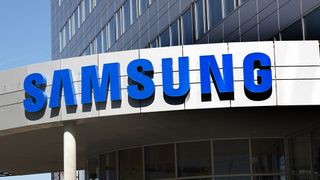Samsung pledges to become carbon neutral by 2050
The firm also vowed carbon neutrality for its DX division by 2030

Samsung has announced its plans to achieve net zero carbon emissions by 2050.
To reach the proposed sustainability target, the tech giant has vowed to invest 7 trillion won ($5 billion) over the next seven-and-a-half years.
Samsung’s Device eXperience (DX) division targeting visual display, digital appliances, health and medical equipment, MX, and network business is anticipated to produce net zero carbon by 2030, in line with the firm’s sustainability pledge.
While the DX division accounted for 10 per cent of total greenhouse gas emissions in 2021, the chip and components unit, often Samsung's biggest revenue generator, accounted for 90 per cent of the 17.4 million tons of greenhouse gas emissions.
To cut back on chip-based emissions, the firm is working towards developing technologies that can reduce gas byproducts obtained during semiconductor manufacturing.
Additionally, Samsung revealed plans to install treatment facilities at its chip-making plants. Through carbon capture and utilization technologies, the firm aims to store and recycle carbon emissions.
A member of the global renewable energy initiative RE100, Samsung has also announced plans to run its DX division’s operations abroad on renewable energy within the next five years. By 2050, the firm aims to use renewable energy to meet all its power needs globally.
Get the ITPro. daily newsletter
Receive our latest news, industry updates, featured resources and more. Sign up today to receive our FREE report on AI cyber crime & security - newly updated for 2024.
Lastly, Samsung detailed its plans to promote water recycling and expand its electronic waste collection initiative beyond 50 countries to 180.
Kim Soo-jin, Samsung's head of ESG strategy group, explained: "We are a company that manufactures directly... so there are various, layered challenges. In the end, we are a technology company... So we will contribute positively to climate change through technology development. Since we are a large company and our products are widely used, we will make an impact through scale."





